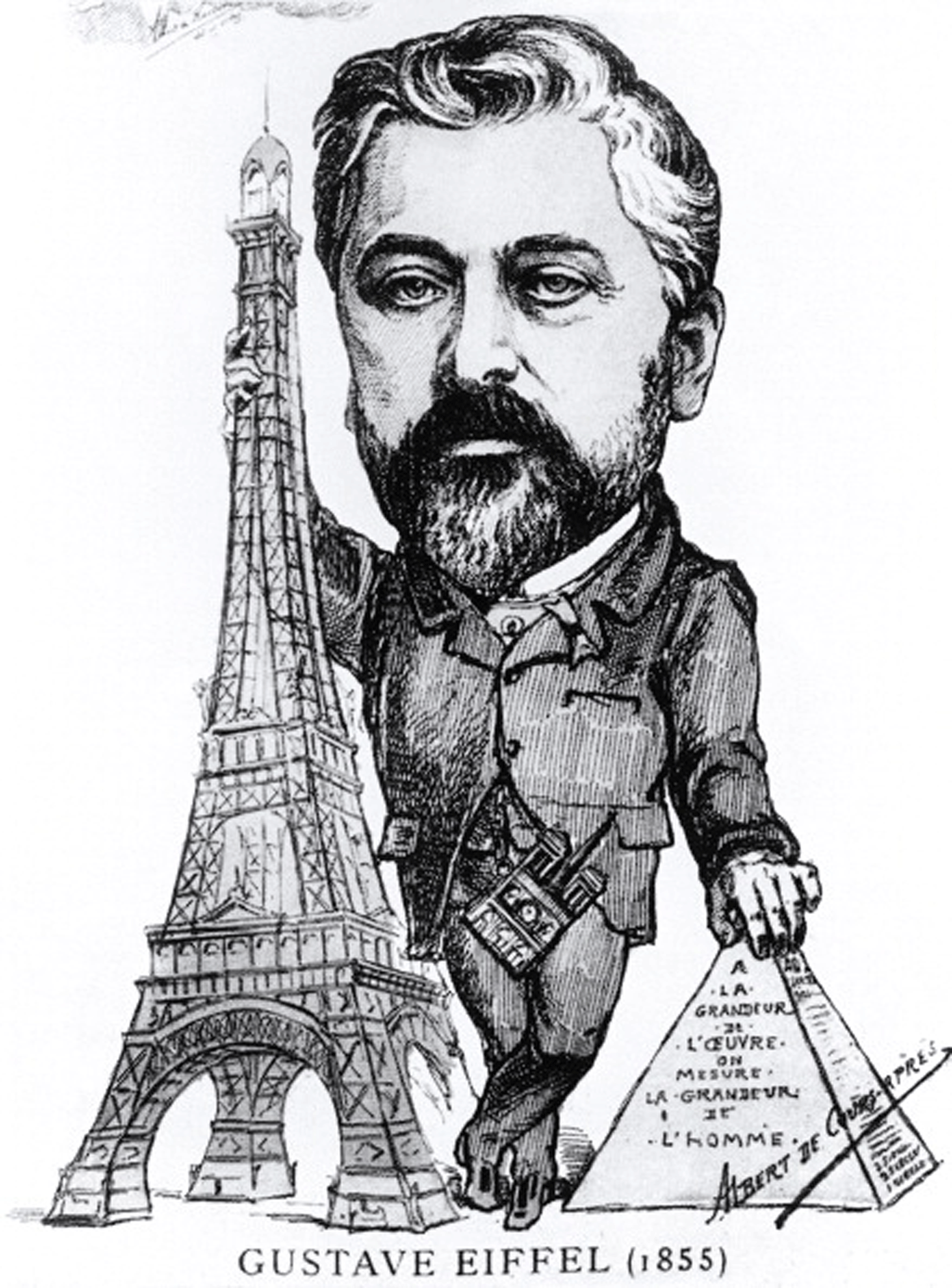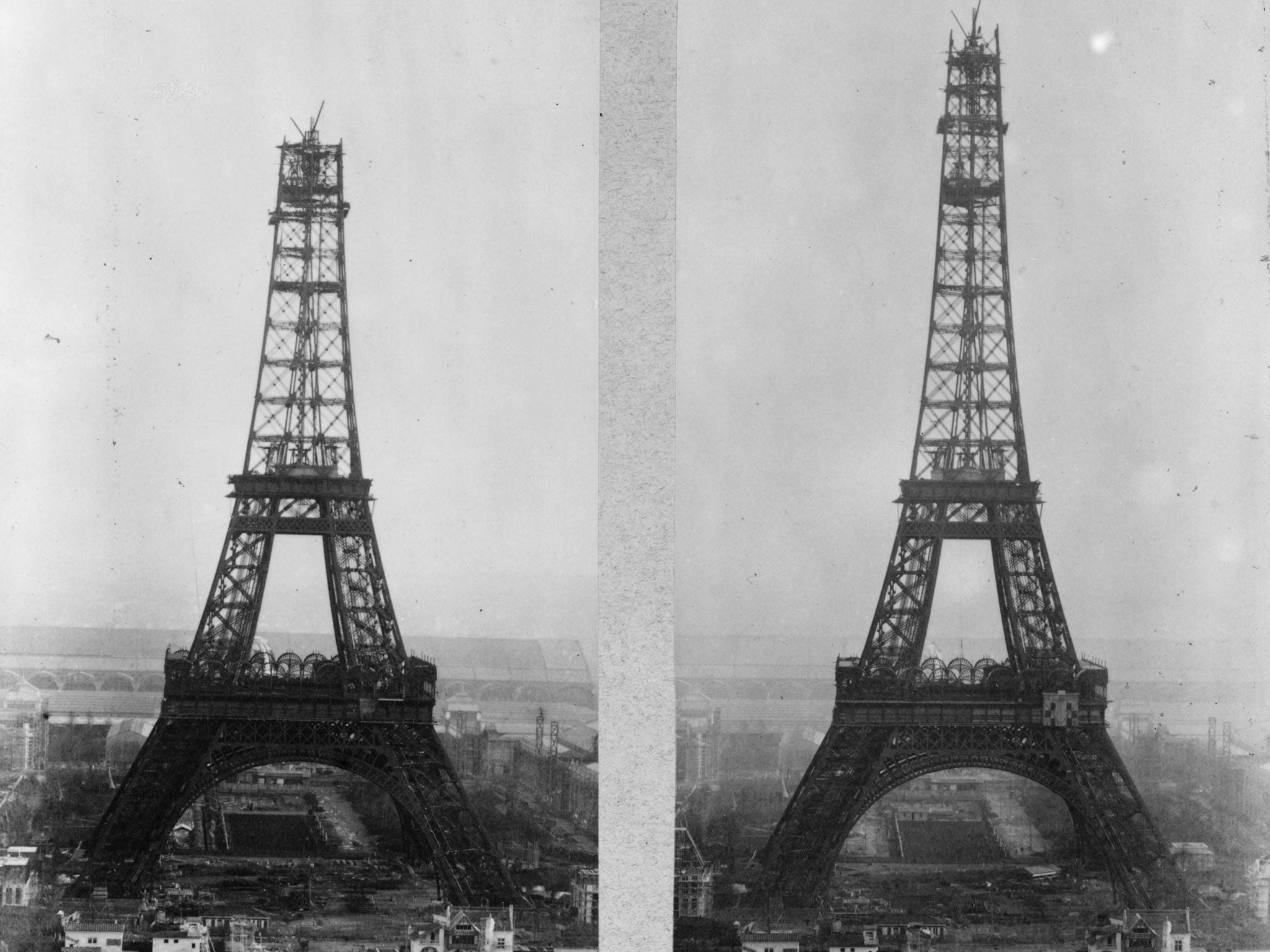When did the Eiffel Tower open to the public and who was Gustave Eiffel – the 'magician of iron'?
10 things you didn't know about the man who built the Eiffel Tower

Your support helps us to tell the story
From reproductive rights to climate change to Big Tech, The Independent is on the ground when the story is developing. Whether it's investigating the financials of Elon Musk's pro-Trump PAC or producing our latest documentary, 'The A Word', which shines a light on the American women fighting for reproductive rights, we know how important it is to parse out the facts from the messaging.
At such a critical moment in US history, we need reporters on the ground. Your donation allows us to keep sending journalists to speak to both sides of the story.
The Independent is trusted by Americans across the entire political spectrum. And unlike many other quality news outlets, we choose not to lock Americans out of our reporting and analysis with paywalls. We believe quality journalism should be available to everyone, paid for by those who can afford it.
Your support makes all the difference.Since it opened to the public on 6 May 1889, the Eiffel Tower has become one of the world's most famous landmarks, but much less is known about the French engineer who designed and oversaw its construction.
Here are 10 things you should know about the man behind the tower.
Gustave Eiffel was born Alexandre Gustave Bönickhausen, on the 15 December 1832. His German parents had emigrated to France and changed their name to ‘Eiffel’ – after the Eifel Mountains in Germany.
His mother was a successful businesswoman. She built up two businesses, which Gustave’s father assisted with - one in shipping and one in coal. She later helped Eiffel set up his own.
Eiffel had hoped to attend the prestigious École Polytechnique, in Paris, but failed to get in and went to the more vocationally focused École Centrale des Arts et Manufactures.
He did, however, publish 31 books and treatises on his own projects and experiments.
The young Gustave was originally offered a job at his uncle’s vinegar factory in Dijon, but turned it down because of a family rift.
Before working on the Eiffel tower, the talented engineer was called in to help construct the Statue of Liberty. He modified the statue’s design so that it could withstand high winds.

When Maurice Koechlin and Emile Nouguier showed him the initial drawings for the Eiffel Tower, Eiffel was less than enthusiastic, but became more interested after a few architectural flourishes had been added by Stephen Sauvestre.
Eiffel was at one point embroiled in a bankruptcy scandal surrounding the collapse of the French Panama Canal Company, which wiped out the savings of hundreds of thousands of French investors. His name was eventually cleared.
The lauded engineer resigned from the board of his company in 1893 and spent the next thirty years living and working in the Eiffel Tower itself, making important discoveries in both meteorology and aerodynamics.
He died on the 27 December 1923, aged 91.He was excellent at fencing and swimming – which he kept up well into his 80s.
Join our commenting forum
Join thought-provoking conversations, follow other Independent readers and see their replies
Comments